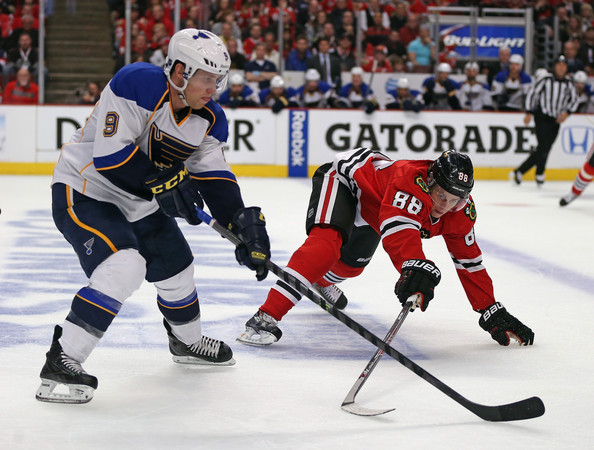Three years ago, the NHL realigned as the Winnipeg Jets officially moved out to the Western Conference while the Detroit Red Wings and Columbus Blue Jackets, two teams in the Eastern time zone who had played in the west for years, went East. Along with these teams shifting conferences divisions changed. Instead of six divisions of five teams a piece we got two divisions with eight teams each in the East and two divisions of seven teams each in the West. With these changes came a change in the playoff format.
New Seeding Format
Gone was the format of seeding 1-8 with the division winners getting the top three seeds. There were some positives to that as the chance of a team winning their division with significantly fewer points than a fourth seed and having home ice advantage over a team with more points was gone.
This happened in the 2012 playoffs when the Florida Panthers won their division with 94 points and had home ice on the New Jersey Devils who had 102. The new format was much like that of the old alignment which included the Adams, Patrick, Norris and Smythe divisions. In that setup, the one and four teams in each division played along with the two and three. Those winners faced off and that winner took on the winner of the other division in that conference to see who went to the Stanley Cup Final.
The NHL returned to the division style setup with Atlantic, Metropolitan, Central and Pacific setup with a caveat. The two-three matchup still happens, but the two division winners play two wild card teams, the two teams with the most points outside of the top three in each division. However, we have already seen the flaws of this format.
This format pairs two of the best teams and two of the weakest teams together early on. Last season, the Vancouver Canucks and Calgary Flames played each other in the first round of the Pacific playoffs with 101 and 97 points, respectively. Meanwhile, in the Central the Minnesota Wild and Winnipeg Jets had 100 and 99 points, respectively, and could have had more if they didn’t play in the rugged Central. The Flames won the series, but were dispatched easily by the Anaheim Ducks in the next round. The Flames lucked out by playing one of the weaker teams in the playoff field while two better teams from the Central--the St. Louis Blues and Nashville Predators, were eliminated after playing tougher teams from their division.

On the flip side, look at the Central this season. The Dallas Stars, Chicago Blackhawks and Blues currently have three of the four highest point totals in the NHL. Unfortunately, two of those teams are essentially guaranteed to play each other in the first round of the playoffs due to the current setup. It’s just not right to have two of the top teams in the league play each other in the first round.
My Solution
Here is the solution I would propose: We give the top two seeds to the division winners in each conference, and then seed three through eight according to points. Moreover, take a little piece from the NBA and have the team with more points get home ice in all rounds. That way if the lower seed has more points they get home ice. I also would go back to reseeding after each round which would have the highest seed remaining play the lowest seed remaining in the second round, then have the two teams in the middle match up.
Here’s how the seedings would go:
1- Division winner with more points
2- Division winner with fewer points
3-8: Six non-division winners with the most points in descending order
With this change, the matchups would be more even in the first and second rounds, and better allow the best teams to meet at the end of the playoffs and not at the start of it. But it would also maintain a reward for a division winner, but not give them home ice over a better team just because they won their division.










































